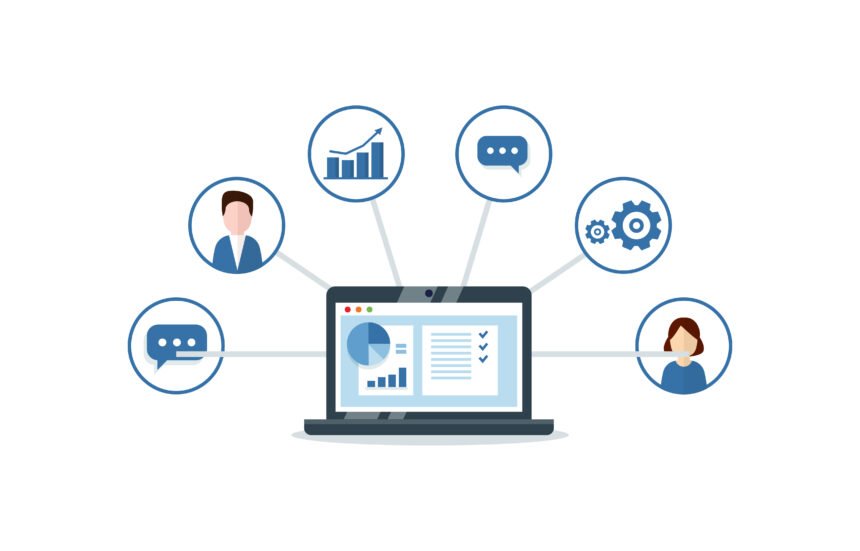The lifeblood of any organization, whether service oriented or not, is good customer service. How you interact with your customers affects how they perceive you, which influences potential customers in addition to your most loyal ones.
The customer service profession has always relied on data to improve customer satisfaction. Advances in big data have made it easier than ever for them to collect information for their customers.
Big data will continue to transform customer service in the years to come. Brands are relying heavily on data to understand customer needs and offer the solutions they demand.
Customer service is often thought of as an obligation, and some companies will go to great lengths to hide options where users can contact them. This is a mistake. Poor customer service will send even your most loyal customers directly into the waiting arms of your competitors.
Ideally, good customer service is responsive and agile. Fortunately, better CRM integration has reduced the number of times a customer has to go over the same incidents, making businesses a lot more responsive to their needs. Today’s customer service representative often feels empowered to resolve a situation during that initial point of contact.
The Role of Big Data in Customer Service
Here are some ways that big data is revolutionizing customer service.
Access to Resources
An internal knowledge base, full of solutions to common queries, can be an excellent resource for personnel on the phones. Making some of these resources accessible to your clients can also help reduce congestion on the phones by eliminating all of the most basic questions a customer might ask.
Support staff with access to notes about a particular account can also be better prepared to deal with repeated issues, making the entire organization seem like it’s in constant communication. That appearance means a lot to frustrated users tired of repeating themselves.
Accessibility of Help
Don’t hide your contact numbers and your email addresses. Hiding your contact button actually does the opposite of what you might be intending. Rather than reducing the costs of customer service, you might end up losing revenue as customers become fed up with the lack of service and seek help elsewhere.
Those that do reduce access to support tend to provide ample resources for customers to work with, which can be a major undertaking. Even with a robust website full of information, customers may not know to look there unless a business takes the time to market that resource.
Improved Response Times
There are a variety of ways businesses are reducing the wait time for a customer to receive support. For one, companies outsource support to a larger call center that can provide the staff necessary to handle the call volume.
Companies may also provide multiple means of support, so those more willing to wait for support can try email or chat support as opposed to the phone. This convenience means a support representative can answer an email and support someone over the phone simultaneously.
Empathy and Compassion
A great deal of training goes into de-escalating problems. Patience goes a long way, but formal training is needed as well. In tech support, the CompTIA A+ urges tech support representatives to not take feedback personally and to ask open-ended questions to get better results.
Dealing with customers is hard, but customer service representatives are experts at it. Good organizations provide the training and verbiage that representatives need to utilize in order to get to the answer they are looking for much faster.
Anticipating Customer Needs
The final component of excellent customer service is to anticipate the customer’s needs. Phrased another way, the goal is to provide the customer with something he can’t get anywhere else.
A good CSR feels empowered to do certain things that can make the customer’s life easier, such as reducing shipping costs or providing a freebie item in the event of a shipping mistake. Not every company can afford to give things away, but they may be able to find other ways to surprise and entice the customer.
Seek to turn every potentially negative interaction with your customers into a positive one.






